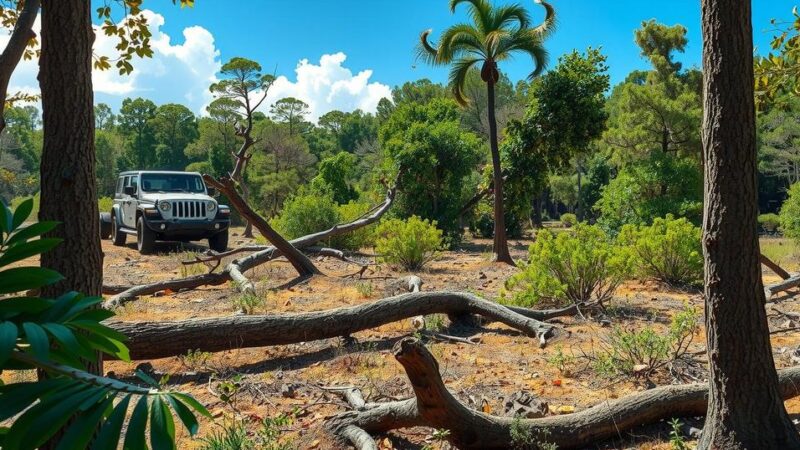A decade-long study off Costa Rica’s coast has identified nearly 500 deep-sea species in methane seeps, with 58 new to science. Conducted by Scripps Institution of Oceanography and international collaborators, this research marks the highest biodiversity recorded in a single seep or vent region. The findings will contribute significantly to global deep-sea biodiversity understanding and conservation.
Recent research has uncovered a remarkable biodiversity in Costa Rica’s methane seeps, revealing almost 500 distinct deep-sea species. Conducted over a decade, this project yielded 488 species, the highest count ever recorded in any single seep or vent region, with at least 58 new to science. The study was a collaborative effort led by UC San Diego’s Scripps Institution of Oceanography, involving researchers from multiple global institutions across five expeditions and 63 submersible dives.
Between 2009 and 2019, the research team meticulously catalogued collected specimens, photographs, and DNA sequences, establishing a comprehensive overview of deep-sea biodiversity. They noted that only 131 of the identified species had been previously documented, leaving 299 species with potential taxonomic uncertainty, suggesting there are more undiscovered life forms in these rich ecosystems. Moreover, this initiative demonstrates an ongoing global interest in exploring deep-sea habitats.
In related ventures, other exploratory expeditions, such as those conducted by the Schmidt Ocean Institute off Chile, reported the discovery of 60 possibly new species, underscoring the significance of methane seeps as a habitat for diverse marine life. Methane seeps are essential chemosynthetic ecosystems, with methane bubbling from the seafloor and sustaining various organisms through microbial activity, thus highlighting the importance of these unique environments for biodiversity.
The extensive findings from Costa Rica’s study are documented in the paper titled “A faunal inventory of methane seeps on the Pacific margin of Costa Rica.” Lead author Charlotte Seid expresses hope that this resource will enhance biodiversity research, education, and conservation efforts worldwide. The seeps investigated range in depth from 400 to 3,800 meters, showcasing a variety of geological and biological features, including limpets, crabs, and fish, that contribute to the complex ecosystems within these methane-rich environments.
In conclusion, the exploration of Costa Rica’s methane seeps has yielded groundbreaking results, revealing a wealth of deep-sea species and expanding our understanding of biodiversity in these ecosystems. With hundreds of documented species, including numerous new discoveries, this research underscores the importance of such environments for marine life. Furthermore, it encourages continued exploration and conservation efforts to protect these critical habitats.
Original Source: oceanographicmagazine.com






